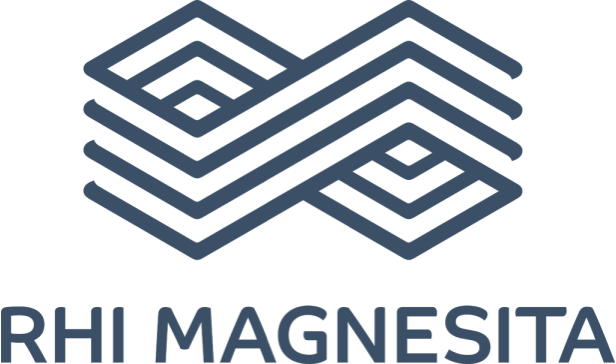Optimizing Recycling of Spent Refractories for CO2 Savings

How can we reach climate neutrality, secure raw materials, and maintain a good quality of life on our planet for future generations? One thing is clear: we need to shift from a linear resource-intensive economy to a circular one. This is crucial for Europe to achieve carbon-neutrality by 2050, where society as a whole and stakeholders are embracing the “closing the loop approach”.
The circular economy approach is an enabler of economic growth and development while simultaneously reducing carbon emissions and achieving the green transition. It aims at a zero-waste life cycle of products and hence the preservation of natural resources. Translated into the field of refractories, this implies the extensive reuse of refractory materials that have already been in operation.
For every tonne of recycled refractory material that is re-used, approximately 1.5 tonnes of CO2 emissions are avoided compared to the processing of virgin raw materials. Furthermore, recycling refractory materials prevents waste disposal, reintegrates secondary raw materials into the economy, and diminishes reliance on virgin raw materials.
However, recycling spent refractories poses several challenges. From sourcing to processing and utilization, various obstacles must be overcome. Among several challenges that are faced, the sorting and cleaning stage is particularly demanding. Sorting the various products is crucial for attaining the required chemical composition to either repurpose the materials in refractories or direct them for additional processing.
Currently, the sorting stage represents the foremost hurdle to overcome, as it predominantly relies on manual operations and the expertise of the workforce to distinguish between different types. Manual sorting is largely dependent on experienced personal to select the material, by relying on color, fracture characteristics, sound upon impact, and density. This poses challenges due to the limited distinction possible with the finite discernment capabilities of human senses.
In light of these obstacles, innovative solutions are required, from sorting during or after dismantling, contaminant removal or stabilization, and fragmentation methods to enhance mineral circularity. To enable the sorting process´s efficiency, fully automated identification and separation systems is an imperative and a strategic development step. Therefore, Refractory Sorting Using Revolutionizing Classification Equipment (ReSoURCE) project aims to innovate the entire process chain.
The technologies developed for the recycling of spent refractories in ReSoURCE will revolutionize the status quo of spent refractories sorting. By enhancing efficiency in the recycling process, we can reduce up to 800,000 tonnes of landfilling, resulting in significant CO2 savings. Additionally, this initiative will lead to substantial energy savings and will also strengthen Europe´s raw material resilience.
Research and innovation are crucial to offering a pathway towards achieving Europe’s climate neutrality objectives. Through the adoption of circular economy principles and the embrace of innovative solutions, the recycling of raw materials derived from refractories presents a tangible and effective strategy for reducing carbon footprints and advancing sustainability goals.

Author´s Portrait
Sofia Iriarte
Sofia is project ReSoURCE´s Science Communicator. She studied Advertising and Public Relations and has a MSc in Communication Science from the University of Vienna. Currently, she is part of the Innovation Management team and Global Communications at RHI Magnesita.
Partner

